The Rhody Survivalist ~ Online Resources
Rhody Survivalist: Food
PLANTS | ANIMALS | COOKING | PRESERVING
PLANTS:
THE BIG FOUR | SEASHORE | FRESH WATER | FIELDS | WOODS | TREES
Plants provide the vitamins and minerals your body needs. Some plants even provide valuable survival resouces such as fats, proteins and sugar. The following is an identification guide for some of the more common and tasty plants in our area by season. If you learn nothing else, pay attention to the "Big Four" at the top of the page. Knowing these 4 plants may be just enough to keep you alive in most situations. However, the more plants you know the better off you will be. Keep in mind that plants are living entities and—many people believe—have their own spirits. Good practice is to give thanks whenever harvesting any food for it is keeping you alive. Finally, be very careful not to wipe out a species in any one area as you may need this resource for years to come. You can also do a bit of "primitive gardening" by distributing seeds (such as cattail) around an area near your home for future use.
I believe it is possible to survive without eating animals. If this is the path you intend to follow then you need to really know your plants and by this I mean probably a couple years of really dedicated study. When I say "know" I mean a lot more than just being able to identify, I mean "dirt time", time spent with the plants getting to really know them.
DISCLAIMER: Be sure of your identification of the wild edible plant BEFORE you eat it! Some wild edible plants have very poisonous look-alikes. You may be allergic to some wild edible plants. If you are at all unsure if you will be allergic to a particular plant, eat just a little bit at first. YOU are 100% responsible for properly identifying and properly preparing wild edible plants that you eat. You should supplement the information on this website with real-life practice at identifying these plants, preferably along with one of the excellent field guides that are available, and with the help of competent people who know plants.
The Big Four (text by Tom Brown Jr.) | (TOP)
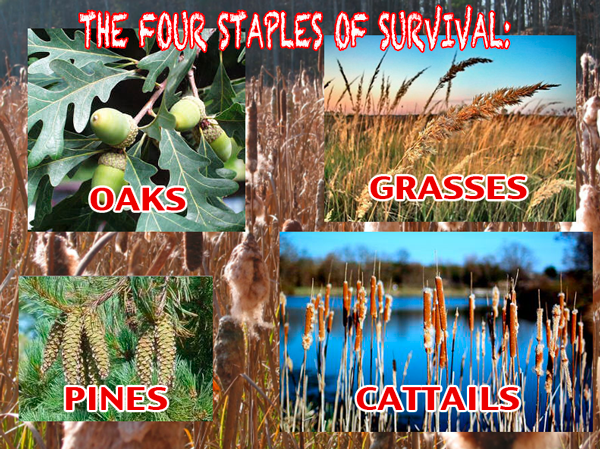
Oaks - All acorns (Quercus species) are edible, though some are a good bit sweeter than others. However, if you simply shell one of the seeds and take a bite, it's likely that you'll immediately be turned off by the very astringent, burning quality typical of most oak nuts. Fortunately, you can leach out the tannic acid that makes them bitter, and the easiest way to do so is to shell the acorns, smash them (you'll want to break them up but not pulverize them), wrap the pieces in a cloth, and place them in a stream for about half a day (longer, if they haven't lost their unpleasant taste by that time). Another method is to boil the nuts, changing the water frequently, until the flavor appeals to you.
Once they're leached, the acorns can be eaten raw, toasted, added to stews, or pounded fine and mixed with wild-grain flours to make bread. They're a valuable source of proteins and carbohydrates that's available from early fall until well into the next spring. And acorn sprouts can be prepared in the same ways as the nuts themselves, or—in the case of most white oak species—can be eaten right off the ground. The Tanin in acorns is a good cure for diareah.
Grasses - Of the many grasses found in North America, all but a few are edible, with their seeds being the most palatable part. However, it's best to select grasses with large seed heads or clusters, since trying to collect small ones would likely be a waste of vital energy. The seeds should be dried and parched, then winnowed to remove the chaff. The kernels can then be toasted and eaten plain, added to stews, or ground into flour for bread. Some of the best, safest, and most widely available grasses are crab, goose, foxtail, blue, rye, and orchard, plus wild oats and millet. Eat the Weeds by Ben Harris (Keats, 1973) and Handbook of Edible Wild Plants by Euell Gibbons and Gordon Tucker (Donning Company, 1979) are both good sources of information on edible grasses.
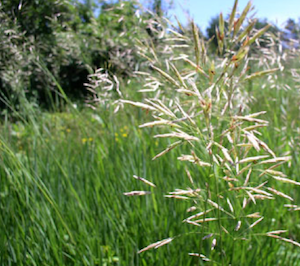
Pines - Not all evergreens are edible, but the Pinus (pine) species are. These trees offer a wide assortment of munchables that are all easily collected and prepared. You can, for instance, add the pollen to stew as a thickener and to bread for flavor. And if you heat the cones gently by a fire until they open, the seeds can be easily extracted. These can then be eaten raw, parched and winnowed, or shelled and baked—depending on the species—and added to soup and bread. Use pine needles (along with those from spruce and hemlock . . . but be sure you're not gathering the needles from the red-berried, poisonous American yew, Taxus canadensis) to make a nourishing tea. You can also dry the inner bark of pine, spruce (Picea species), and hemlock (Tsuga canadensis) and add it to stew and bread.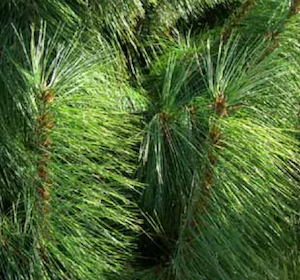
Cattails - The cattail (either Typha latifolia or T. angustifolia) can be utilized at almost any time of the year, because at each stage of its life cycle it has a number of edible parts. For example, you can mash the root up in cold water to separate the soluble starches, and—once these have settled, and the fibers and water have been removed—add the material to stew or mix it with other wild flours to make bread. The new shoots can be eaten raw, and those up to a foot tall may be prepared like asparagus. The head, before it emerges, can be cooked and eaten like corn on the cob. Finally, it's possible to collect cattail pollen for use in soup or as a flour. TONS of uses! Click Here to go to nativetech.org page on Cattails. Personally I love to chomp on a fresh Cattail stalk, it's one of the more satisfying wild foods. They do however upset many people's stomachs when raw. The starchy roots can be mashed in water and the starchy water can be used for many things. In a survival situation, it should probably be drank or used in a stew to concerve energy. Remember that gathering roots means you are going to be in a swamp. Calculate the energy use and the chilling effect of getting into a swamp before you do it. Remember this really is just a game of staying on the right side of the concervation of energy equation.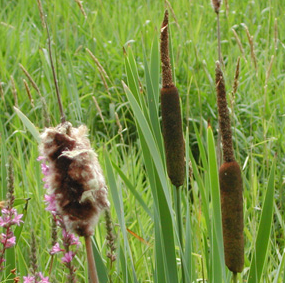
Seashore Plants:
Irish Moss (seaweed) - Eat directly or boil to soften. Excelent source of protien. 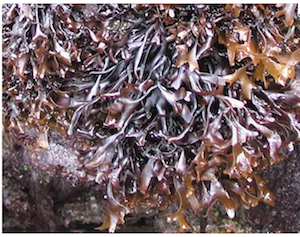
Glassworts - Eat directly. Salty.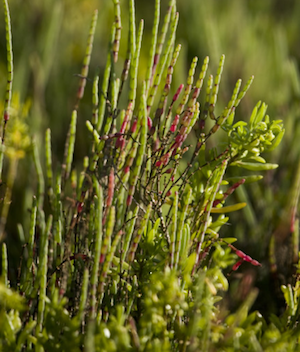
Dulse (seaweed) - Eat directly, boil or dry and crumble as seasoning.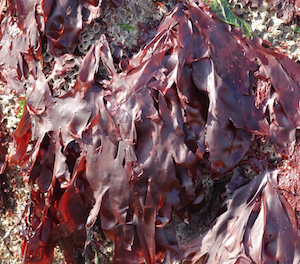
Sea Lettuce (seaweed) - Eat directly or dry and crumble as seasoning.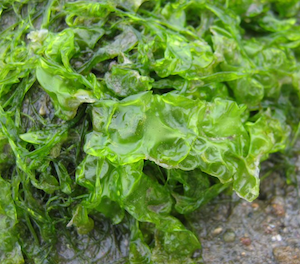
Edible Kelp (seaweed) - Eat directly, boil or dry and crumble as seasoning.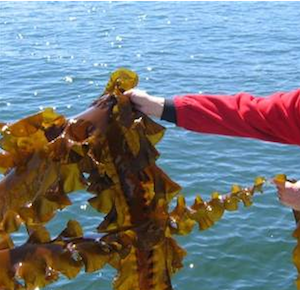
Wrinkled Rose (Beach Rose) - Rose hips or beach apples are delicious and an excelent survival food. Very high in vitamin C. Petals can be used in tea or eaten directly. Medicine-Moistened petals can be used like band-aids.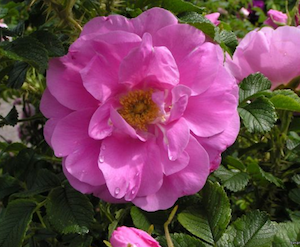
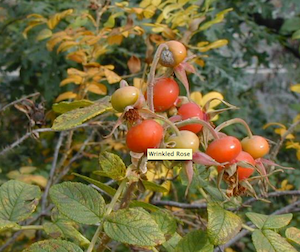
Beach Plum - Fruit can be eaten raw or cooked if need be.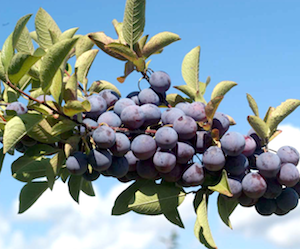
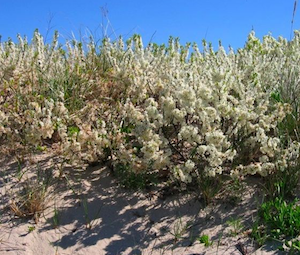
Marsh Mallow - Roots can be cooked on a stick (where the name for marshmallows came from). Leaves can be boiled. Flowerbuds can be eaten direct or boiled.
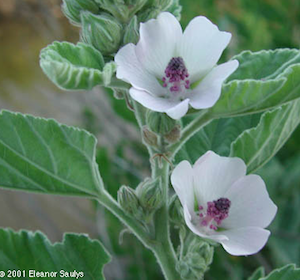
Reed, Phragmites - Seeds can be ground into flour. Rootstock can be crushed and ground into flour. Young stems can be crushed, pounded into a powder and roasted like marshmallows. Young shoots can be boiled or eaten raw, they are quite tasty. An invasive that gets a bad name. These plants make excellent building material for long term shelters.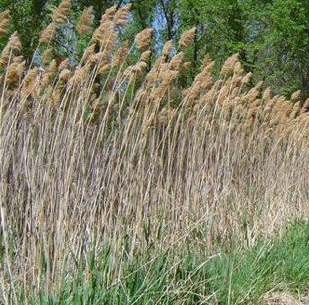
Near(or in) Fresh Water Plants | (TOP)
Jewelweed (touch-me-not) - Flowers are edible and delicious. Young shoots can be eaten raw after leaves are removed. Ripe seeds can be eaten raw. Note: Eat sparingly, high in minerals. Medicine-Tea made from stalks is a remedy for poison ivy. Broken stems can be rubbed directly on affected area. Also good for Bee stings.
Watercress - Eaten directly or in salad. Medicine- Remedy for Scurvy, Very high in Vitamin C.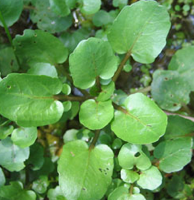
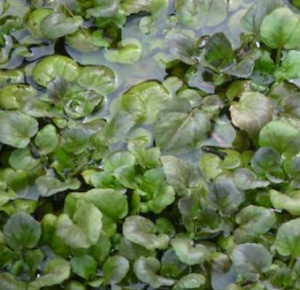
Mints - Tea from the leaves. Dry leaves and use as seasoning. Chew leaves as substitute for toothbrush and toothpaste.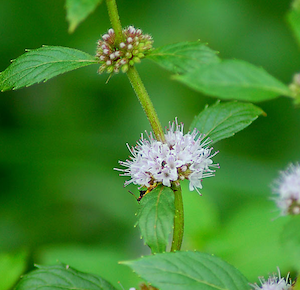
Violets - Eat leaves raw or cooked. Dried leaves can be made into tea. Avoid yellow violets.
Medicine - Leaves and Flowers high in Vitamin C.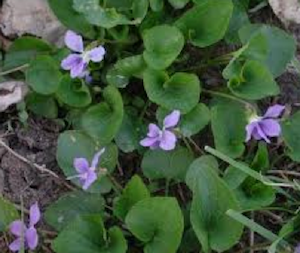
Skunk Cabbage - Dried rootstock can be made into a cocoalike flour. Dried young leaves can be used in soups and stews. All parts must be DRIED or eating will be very unpleasant! Do not confuse with False Hellebore which often grows in the same places.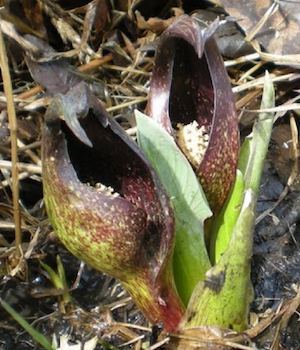
Water Lilies - Young leaves and unopened flower buds can be boiled. Tubers can be freed from the mud with your feet as they float to the surface and prepared like potatoes. Boil in 2-3 changes of water if taste is too strong.
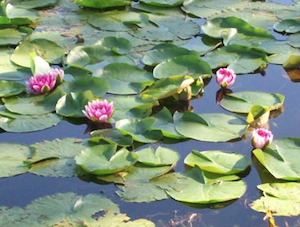
Bulrush - Young shoots can be eaten cooked or raw. Pollen and ground up seeds can be used as flour. Rootstocks can be cooked as potatoes or dried and ground into flour.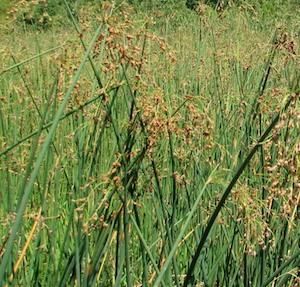
Hyssop Hedge-Nettle - Tubers around plant are eadible raw.
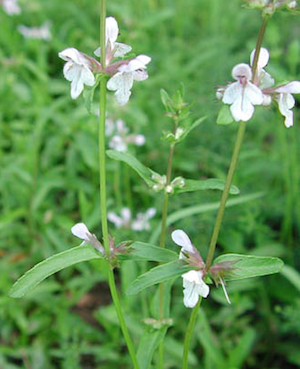
Cranberries - Fruit can be eaten cooked.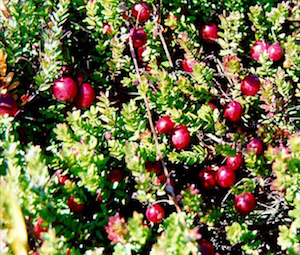
Common Spicebush - Steep young leaves twigs and bark for a delicious tea. Berries can be dried and powdered into a seasoning.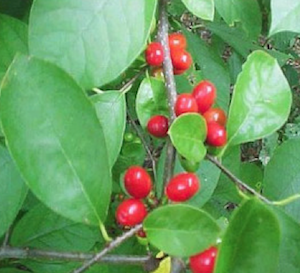
Wild-Raisins - Nibble or cook fruit.
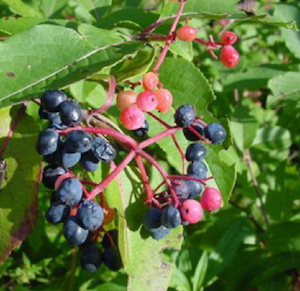
Wild Onions & Wild Garlic - Both can be cooked and eaten and used for flavor.
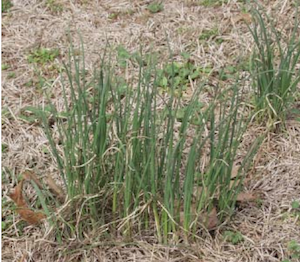
Common Elderberry - Fruit can be eaten raw or cooked. Berries can be dried and stored for winter use. This removes nasty taste and they can be re-constituted by boiling. Flowers make a nice tea. Elderberry can be used to make great spiles for collecting sap from trees. Take a piece of Elderberry branch, punch out inner pith. Sharpen one end and make a notch at the other to hold your pail. Warning - Leaves and roots are poisonous. Red and White Berries are Toxic.
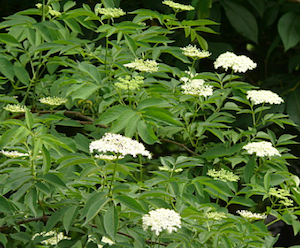
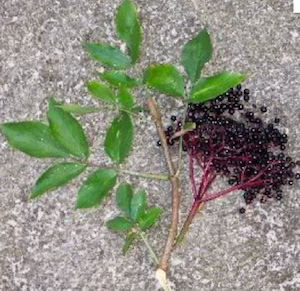
Disturbed Soil, Field, Old Field Plants | (TOP)
Japanese Knotweed - Young shoots up to 1 ft. high can be cooked like asparagus. 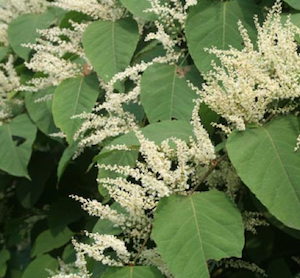
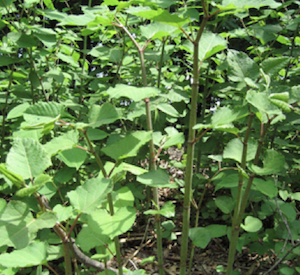
Common Chickweed - Can be eaten raw or cooked. Nutrient rich. Hairy varieties should be cooked.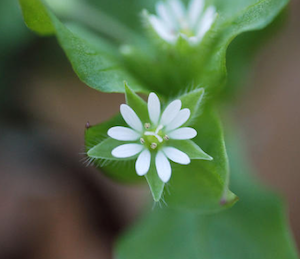
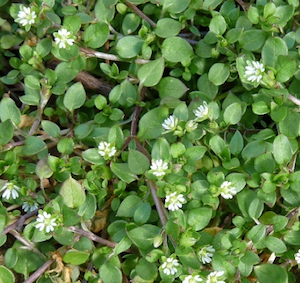
Common Plantain - Young leaves can be chopped and eaten raw or cooked. Also useful to stop bleeding of a wound. Can be found in most lawns in the area.
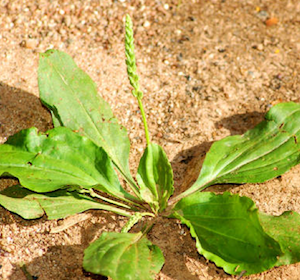
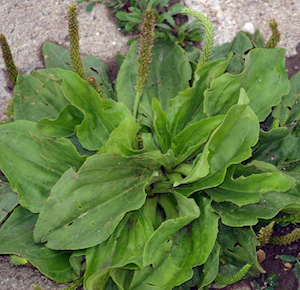
Clover - Leaves can be eaten raw or cooked. Dried flowerheads can make tea or be ground into flour. Note that this plant is a good source of protien.
Wild Mustard - Young leaves can be boiled or used sparingly in salad. Carefully cooked flowerbuds are like brocoli. Buds are rich in protien. Seeds can be ground into mustard seasoning.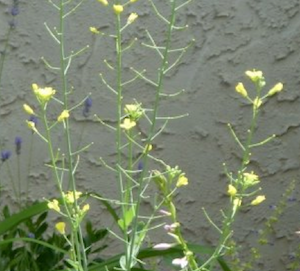
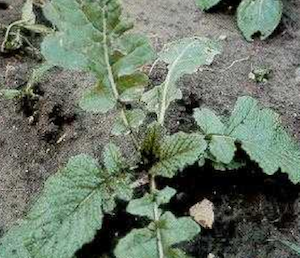
Garlic Mustard - Young leaves can be boiled or used in salad. The way a mustard grows the top leaves are always the newest. Great garlic substitute. Awesome in Omlets! Seeds can be ground into mustard seasoning.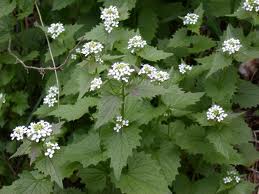
Winter Cress - Yound leave rosettes can be gathered in late winter to add to salad or cooked. Later forming flowerbuds can be cooked like brocoli. Winter Cress may be bitter and require mutliple water changes to remove bitterness.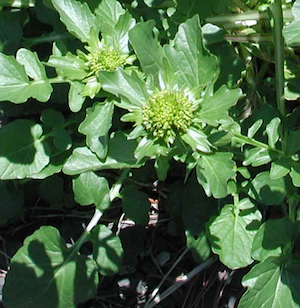
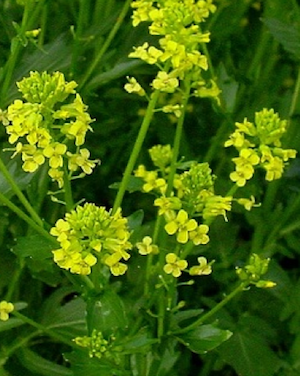
Dandelion - Leaves can be eaten raw or cooked. Flowerbuds can be eaten cooked. Survival coffee: bake roots until dry. Grind and percolate like commercial coffee. It is said that eating dandelion leaves is similar in nutrient to taking a multivitamin.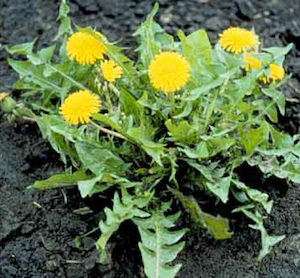
Day-Lily - Early shoots can be eaten raw or cooked. Young flowerbuds can be eaten cooked. Dried flowers can be used for seasoning. Young tubers can be eaten raw or boiled. Older tubers can still be boiled.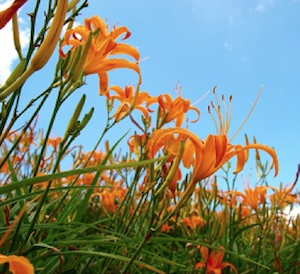
Sorrels - Can be eaten raw or cooked. Wood Sorrel should not be consumed in large quantities for extended periods. Steep leaves in cold water for refreshing drink.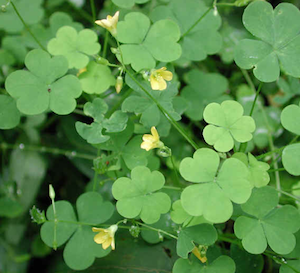
Burdock - Young leaves can be eaten raw or cooked. 1st year plant roots can be eaten like potato after rind has been removed.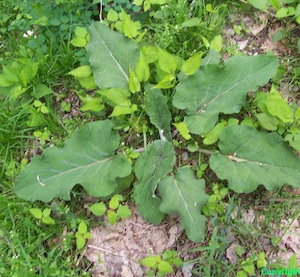
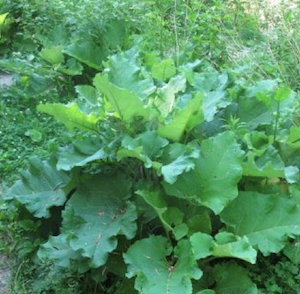
Thistle - With spines removed young leaves can be eaten raw or cooked. Raw or cooked roots of first year plants is a well known survival food. 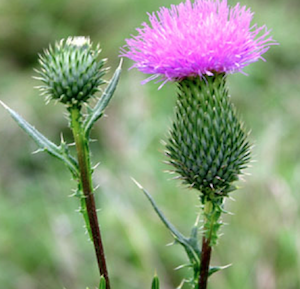
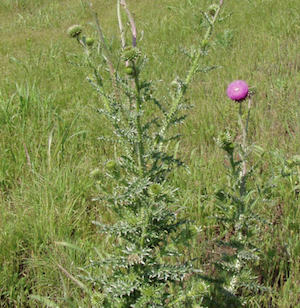
Milkweed - Young shoots can be boiled with several changes of water. Tender top leaves and flowerbuds can be prepared in the same way. Cannot be eaten raw as milky residue is mildly toxic. 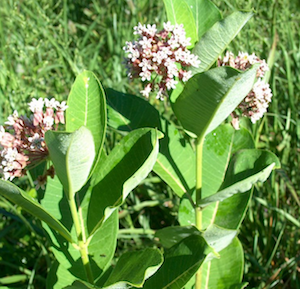
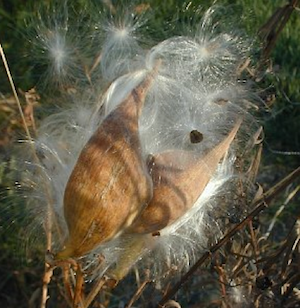
Blueberry - Berries can be eaten raw or carefully dried.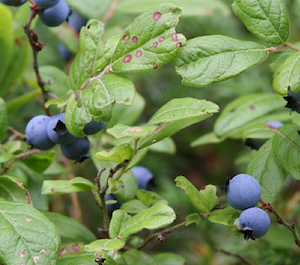
Blackberry (Bramble) - Fruit can be eaten raw. Dried leaves can be used in tea. Young shoots can be eaten raw.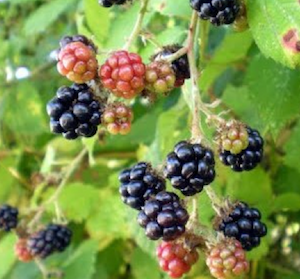
Raspberry - Fruit can be eaten raw. Dried leaves can be used in tea. Young shoots can be eaten raw.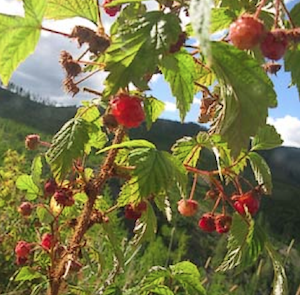
Common Mullein - Dried leaves can be used for tea.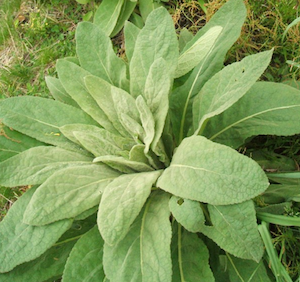
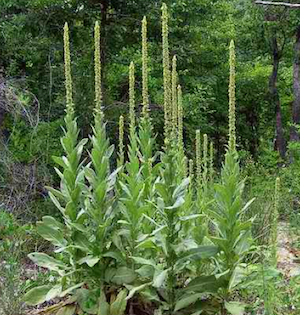
Staghorn Sumac - Gently bruise red berries and imerse in cold water for survival lemonade. 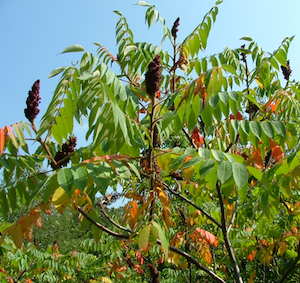
Black Nightshade- Eat the berries raw, they are delicious. One of the most widely consumed wild plants on earth (but rarely in North America). Once they start producing berries in July the plant will produce right up until first frost.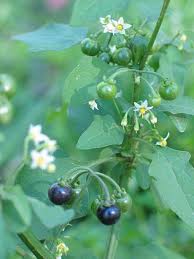
Lambsquarters- Delicious weed that many people spend time yanking out of their gardens. Eat the leaves raw or cooked. Delicious.
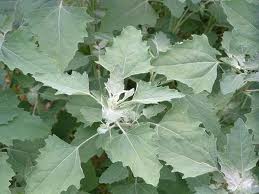
Yellow Dock- Eat the leaves raw or cooked. Eat the root raw or cooked. Crush the seeds into flour or cook into a gruel.
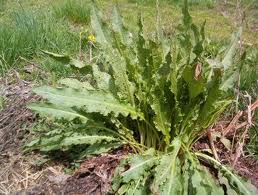
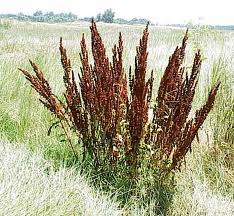
Curly Dock- Eat the leaves raw or cooked. Crush the seeds into flour or cook into a gruel.
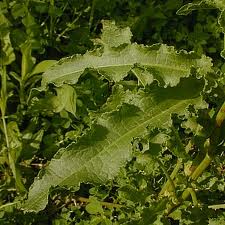
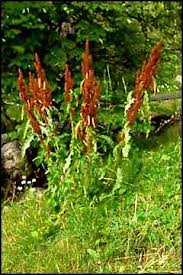
Sheep Sorel- Lemon Flavor. Eat Raw, Great in Salad.
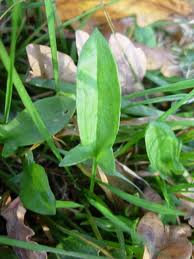
Golden Rod -Roots are an excelent survival food. Flowers add a great peppery flavor to teas and food.
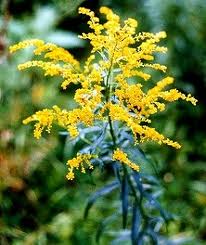
Oxeye Daisy -There are so many things you can dowith Oxeye from teas to salads. The leaves of younger plants are delicious. Really delicious. But my favorite is to take the unopened flower heads and roast them by the fire to make survival popcorn. This may be one of my favorite survival foods. Look for Oxeye in wild fields next to Queen Annes Lace. In areas it likes it will be extremely common.
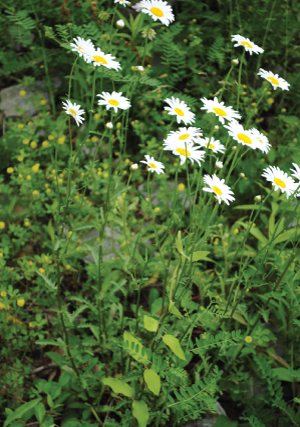
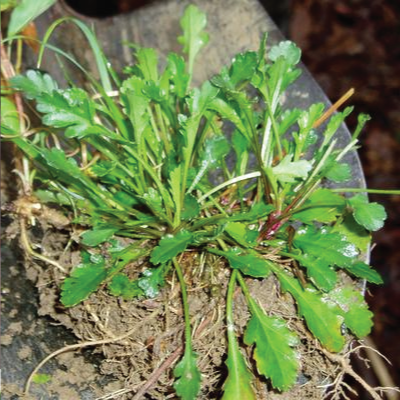
Woods Plants | (TOP)
Greenbrier (Bullbrier) - Young shoots can be eaten raw or cooked. Root tubers can be cooked and crushed and eaten. 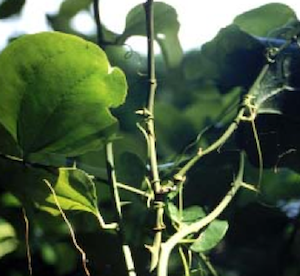
Wintergreen - Leaves can be dried and used for tea throughout the year. Berries can be eaten raw. Berries are often available through the winter and can often be found in dry area under leaf litter.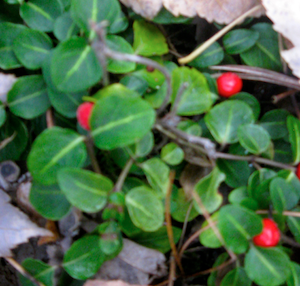
Whorled Loosestrife - Leaves can be dried and used in tea.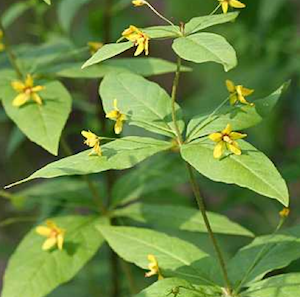
False Solomons Seal - Young shoots can be eaten raw or cooked.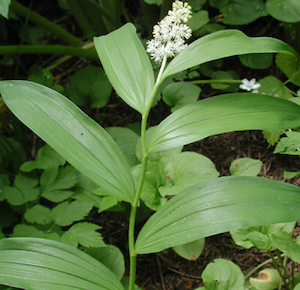
Solomons Seal - Young shoots can be boiled and eaten. Whole shoots can be chopped and eaten raw. Starchy rootstocks can be boiled like potatoes.
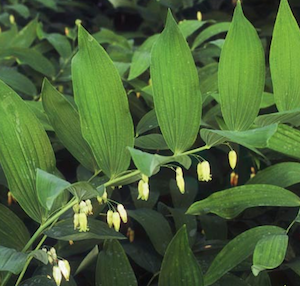
Ostrich Fern - Gather when in fiddlehead state and eat raw or cooked. 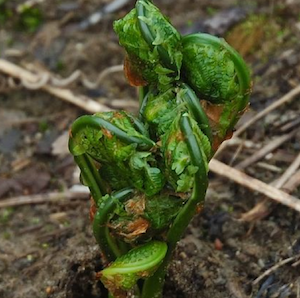
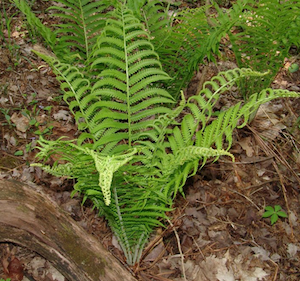
Nettles - Young shoots and new leaves can be eaten cooked. Stinging qualities go away when cooked. Can also be boiled into tea. Super hight in protein. Also an excellent cordage plant for making netting or cordage that needs to be used in water.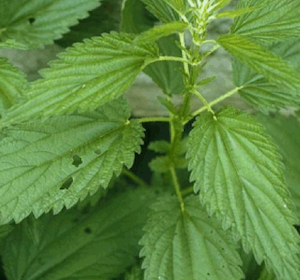
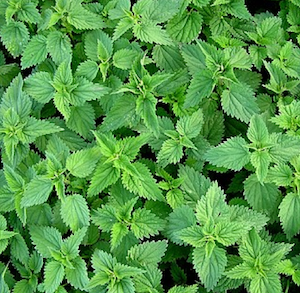
May Apple - Seeds ripen as plant withers. Seed pulp can be eaten raw or cooked.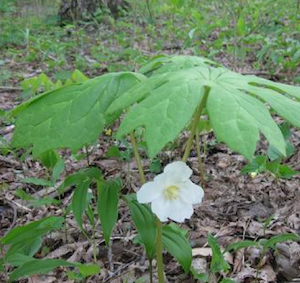
Wild Leek or Ramp - Can be used like an oinion or scallion.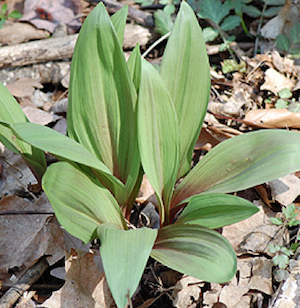
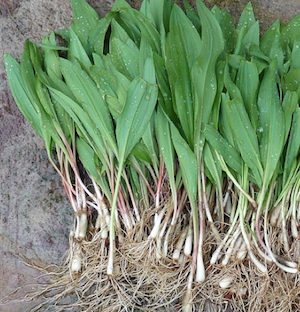
Rock Tripe Lichen - Simmer and add to soups or stews. 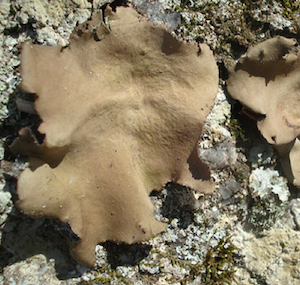
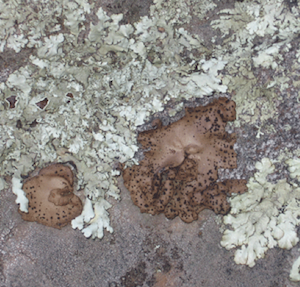
Other Lichen - Grind into a flour. Best mixed with other flours.
Turkey Tail - Delicious Mushroom Cook and Eat
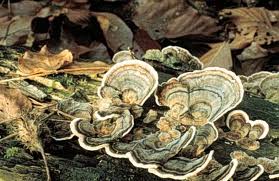
Indian Cucumber- Nothing can improve a bad mood on a survival trip like a cool refreshing chomp on an Indian Cucumber Root. (I know this isn't the PC name, I am sorry). You see the distinctive plant on the left and dig down just a little bit and find this wonderful white root. It really tastes like cucumber but perhaps a little bit sweeter. I try to find a thick patch of these plants and never collect more than a few. Easily confused with Star Flower. This plant is really common in cold cool hollows and glens. It becomes more common the further north you travel in New England.
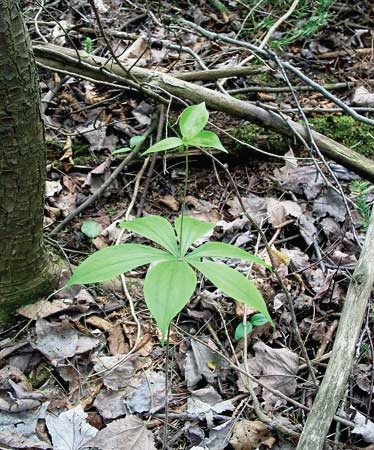
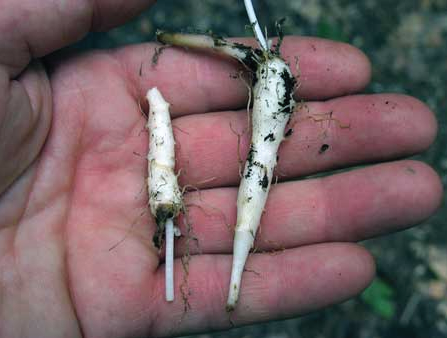
Trout Lily - Thes yummy little leaves can be found in upland woods in the Spring. I haven't experienced it myself but I am told that you should eat these sparingly as they can cause an unpleasant digestive situation. These are another plant that becomes more common as you head North in New England.
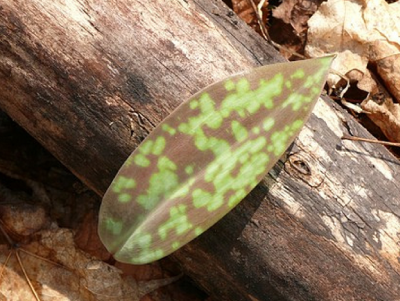
Trees | (TOP)
Tamarack - Tender new shoots and inner bark can be eaten raw or cooked or dried and ground into flour. Pitch is nutritious.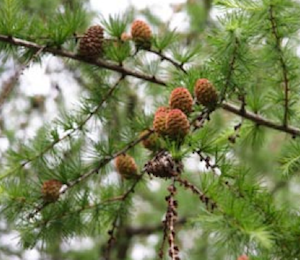
Spruce - Tender new shoots can be stripped of needles and boiled. Inner bark can be eaten raw or cooked or dried. Pitch can be used as chewing gum.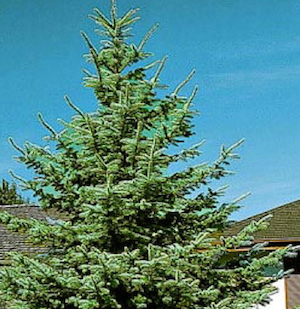
Black Locust - Flower clusters can be fried into fritters.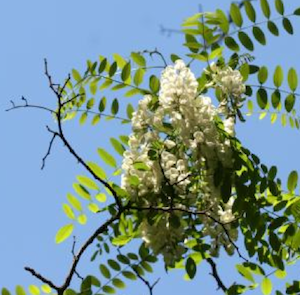
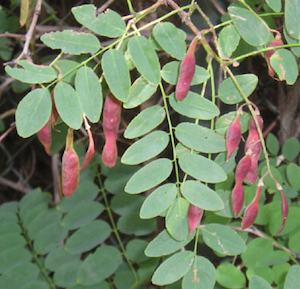
Sassafras - Boil thouroghly washed roots until water turns reddish brown.Young leaves can be dried, rubbed into powder to make "gumbo filet" or to thicken soup. May cause Cancer.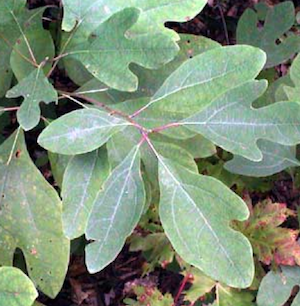
Hazelnut - Roasted nuts can be eaten or ground into flour. 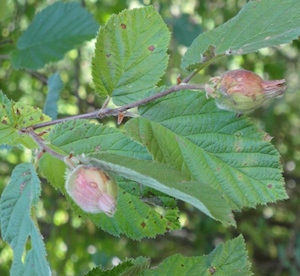
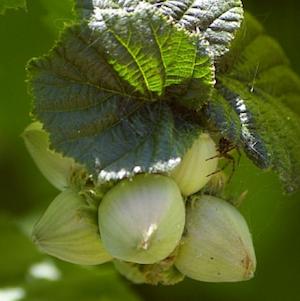
Sweet Birch (Black and Yellow Birch) - Sap can be processed into syrup. Inner bark can be dried and ground into flour. Twigs can be steeped in hot water to make a tea. Sap can be drank straight as is.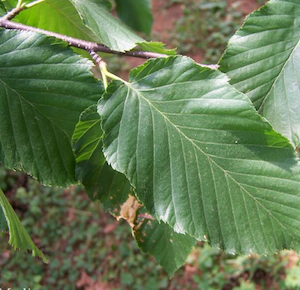
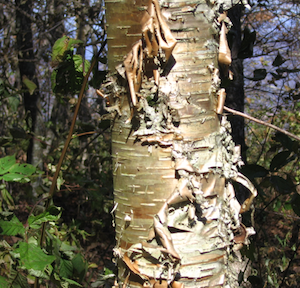
Hickory - Gather nuts once they fall to the ground. They can be roasted and eaten as is or ground into flour. Sap can be drank straight or be processed into syrup.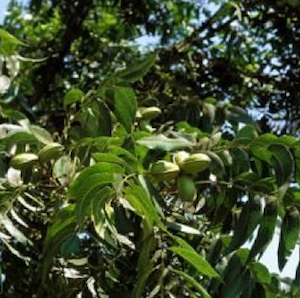
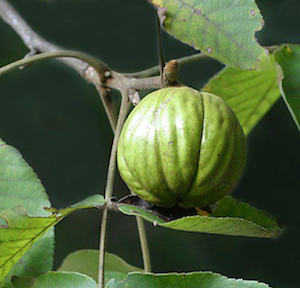
Sycamore - Sap is excellent source of liquid and can be drank straight.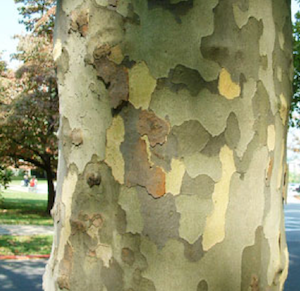
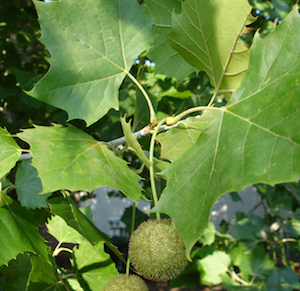
Eastern Hemlock - Needles make an excellent tea. Inner bark can be eaten as is or dried and ground into flour.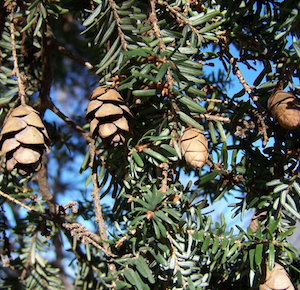
American Beech - Thin shelled nuts have sweet kernals can be eaten raw or cooked. Oil can be squeezed from fresh kernels. Roasted kernels can be ground into coffee. Gather nuts during first frosty nights in October.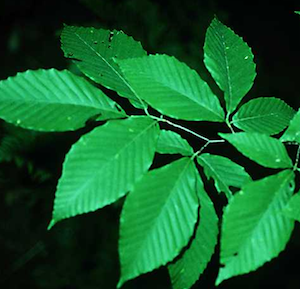
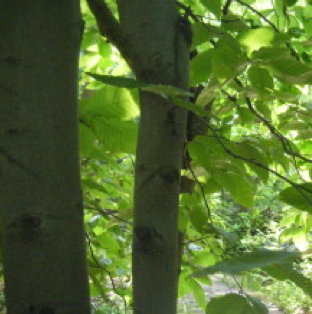
Walnut - Sap can be drank or mape into syrup. Crushed and boiled nuts produce a natural vegetable oil. Nuts can be roated and eaten or eaten raw. Black walnuts may need to be steeped in water to remove taste.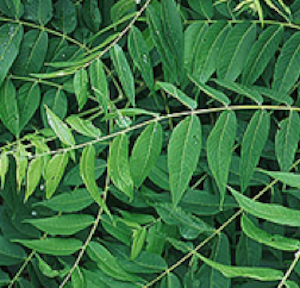
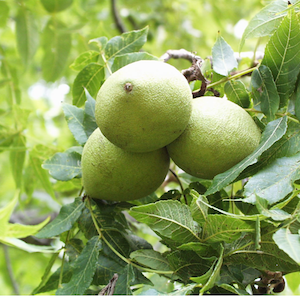
Juneberry - Fruit can be cooked and eaten or chewed on raw. Shrub or small tree.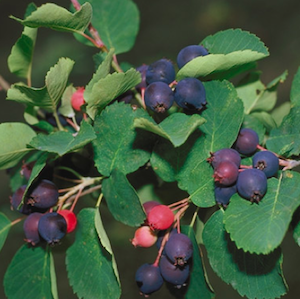
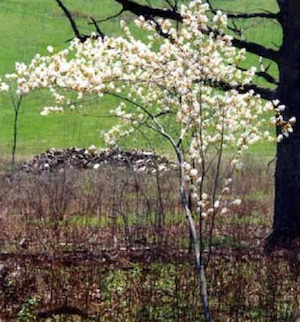
Maple - Sap can be drank or processed into syrup. Red Maples (also called swamp and soft maples locally) are very common here in RI.
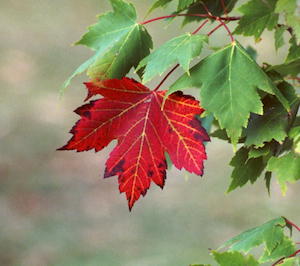
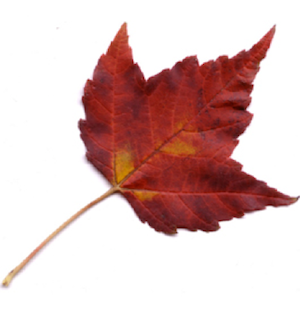
Autumn Olive - Super Delicious Berries make great jams and jellies. Yet another invasive that is edible.
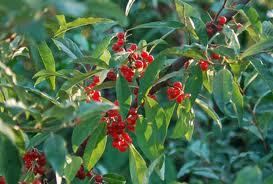
Basswood - Salad Bar of the Woods. You can eat the leaves right off this tree. However, if you are like me who ate a good deal of this leaf on a survival trip, you will probably never want to eat Basswood leaves again. On the trip we were super hungry and I had to force myself to eat these Basswood leaves. BTW Basswood is grade A bowdrill material when dried. This tree is very common in Northern New England but only sporatic here in RI. There are a few poisonous look-alikes. I like to look for asymetry and a bit of a sheen like the picture below. Basswood leaves have a papery quality where more of the lookalikes are more succulent. Also look for the light colored veins. Be careful when you ID this tree.
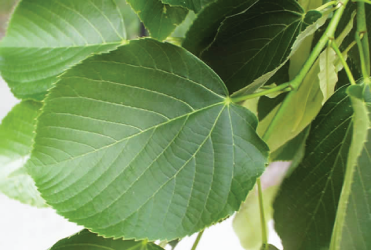
ANIMALS | (TOP)
Hunting ans Trapping | Deer | Squirrel | Rabbit | Birds | Fish | Worms and Bugs | Resources
Animal fats are required to get through the winter. Furthermore, animals are certainly the tastiest of all survival fare and often the most energy gain per energy output. In other words you can get more energy by eating animals for less effort than by eating plants. Finally, a survivalist has to be willing to eat things that a you wouldn't normally eat. Bugs and worms are some of the easiest to catch and most nutritious of all survival fare. Thats just the way it is. Never eat any animal, including bugs and worms raw.
If you are planning on harvesting animals for survival you will probably need to harvest a few for practice. As with collecting the plants this should be done with respect and reverance and good stuff in your heart. If you do this you will not only be a more successful hunter but the entire experience will be enhanced as you truely experience the spirit of the animal intermeshed with your own spirit and your place in the universe.
Finally when cleaning an animal you need to protect yourself from disease. If you have rubber gloves wear them. Never touch your eyes. Be very carful of open cuts and wounds. Always clean an animal as far from your camp and water source as possible. Remember that the trimmings and blood smell will attract scavengers and predators. Don't waste this opportunity and set your next traps quickly before leaving the area.
Hunting and Trapping | (TOP)
Deadfalls:
Figure 4 Trap - No Cordage Needed. required a deadfall which can be made of a raft of logs or a rock.
Video: Building a Figure 4 Trap
Paiute Trap- Requires Cordage but is much faster than the Figure 4.
COTEF Page on the Paiute Trap with two great pictures.
Video: Setting up a Paiute Trap
Wildwood Survival Page on the Paiute Trap: http://wildwoodsurvival.com/survival/traps/paiute/paiute01.html
Snares:
Rolling Snare - One of the most simple and versitile snares. Can be very sesitive.
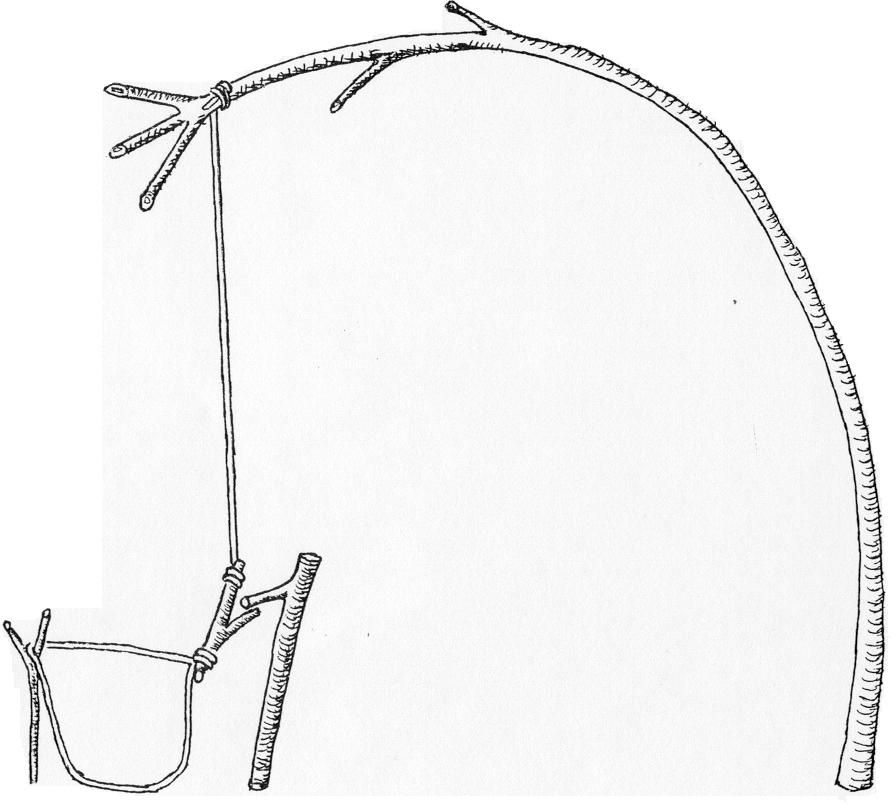
Video: Maine Primitive Skills School Sets a Rolling Snare
Plug Snare - A super simple and quick to build snare.
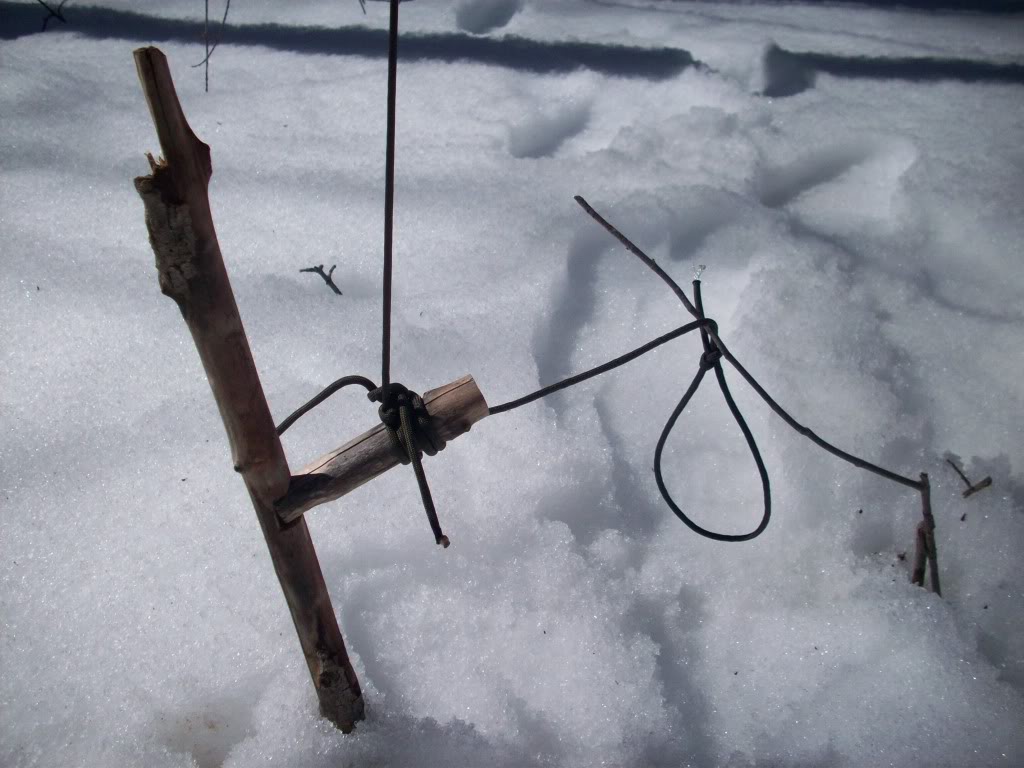
Pencil Snare - A good snare for big game. Has a less sensitive trigger.
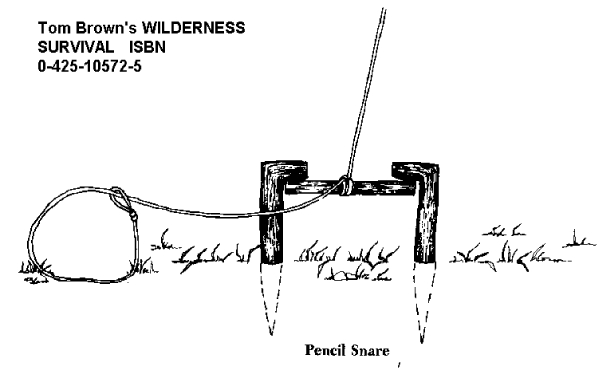
Snare Picture Book: http://www.survivalprimer.com/snares_pictures_book.htm
Throwing Sticks:
The throwing stick may be my favorite primitive skill. Probably because its simple and fun. You need to know how to stalk to get close enough to an animal to use a throwing stick. Thats fun too. I thought I was getting pretty good at stalking rabbits until one day I got close enough to throw a non-lethal hollow plastic stick at a rabbit. I missed, the rabbit took notice and for months those rabbits were gone every time I stepped out of the garage. They had just gotten used to me stalking them and put up with it until they thought I was a threat. By the way, throwing sticks are illegal everywhere so practice on stumps or my favorite, orange street cones. Finally, if you are in a survival situation and need to take an animal, you need to be aware that throwing sticks are only good for small animals, snowshoe hare at the absolute largest. Racoons, Porcupines, Ground Hogs, are all much to big and you will only injure them. A throwing stick should be approximately the length of the tip of your fingers to your elbow but collect a large collection and have funf throwing. When I have been diligent and practicing every day it only took a couple of weeks to develop an accurate throw.

Just in case you don't think you can kill an animal with a stick here is a video of a master throwing a stick at a stump.... ow!
Video: The Rabbit Stick
Article on Throwing Sticks: http://www.woodcraftwanderings.org/hunting.html
Thrusting Spears:
Probably your second most important hunting weapon. Good for the larger animals, especially the porcupines. The technique of the thrusting spear is pretty simple. You stalk or ambush the animal, thrust your spear into the hear/lungs area and then kill it by hitting it in the back of the skull with your throwins stick. Pretty gruesome death. You need to practice and be sure that when the day comes where you need to use this skill you know what you are doing and don't cause the animal any unnessesary pain and suffering.
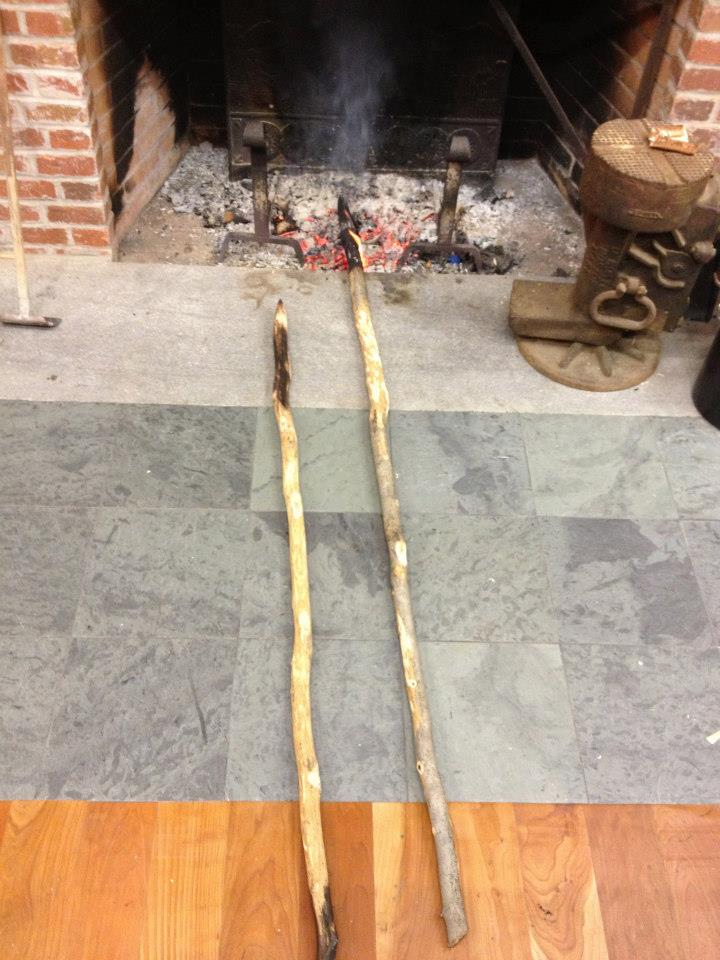
Fire-Hardening two hardhack thrusting spears. Fire hardening in no-joke, I broke a nice buck knife I had had for 12 years trying to work one of these spears after hardening it.
Thrusting spear design considerations:
Spear should be 5-8 ft long.
Base of the spear should be the root end or fatter end.
The tip should be bi-faced for maximum strength and fire-hardened
Should be as straight as possible.
Deer | (TOP)
Video: Field Dressing a Deer
RI Hunts: Field Dressing a Deer: http://www.rihunts.com/hunting/field.dress.htm
Squirrel | (TOP)
Video: Cleaning a Squirrel
Video: Skinning a squirel for its fur.
Rabbit | (TOP)
Video: Cleaning a Rabbit
Birds | (TOP)
Video: How to clean a Grouse, Fast!
Fish | (TOP)

Paul Scheiter's Primitive Fishing Hook or "Fishing Gouge".

Paul Scheiter's Primitive Fishing Spear.
Hedgehog Primitive Fishing Pages:
http://www.hedgehogleatherworks.com/How-To-Make-a-Primitive-Fishing-Hook-s/52.htmhttp://www.hedgehogleatherworks.com/How-to-Make-a-Fishing-Spear-s/71.htm
Worms, Bugs and Others | (TOP)
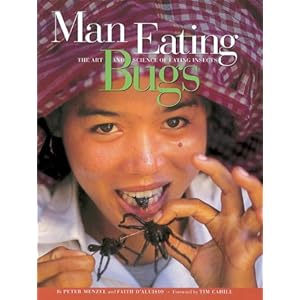
Yep, theres even a book on people eating bugs!
Entomophagy - Ok so bugs can be a little gross right? But in a true survival situation, eating bugs is necessary to keep you alive!!! Initially, you won't have the time to trap and catch animals and you will need a little something to keep you energized and alert. Bugs are readily available almost anywhere and most of them can be eaten. I suggest you start eating bugs and get used to them. Even venomous bugs like bees and wasps can be boiled and safely eaten. The best edible insects include crickets, cicadas, and grasshoppers, along with termites, ants (ants should be cooked), moths, and butterflies. Under logs you will find one of the best of all survival foods: Larvae. Insect larvae is highly nutritious and in most cases, doesn't tast that bad. Here are some good links on eating insects:
Survival.com page on eating bugs: http://www.survival.com/html/bugs.html
Identifying Bugs for Survival: http://adventure.howstuffworks.com/survival/wilderness/edible-bug.htm
Cooking:
Cooking is one of the true joys of survival living. All food you eat should be cooked. Getting even a small stomach ailment could result in death in a survival situation. You should try to avoid eating filter organs i.e. kidneys and the liver. To be on the safe side even edible plants should be cooked. One of the most effective cooking methods is directly on the coals of a fire, just brush off the ash and eat!. It has been said that meat char can aid in digestion. One of the best methods of cooking for survival is to make a stew of all the edibles you find. Boil the stew using the rock-boiling method.
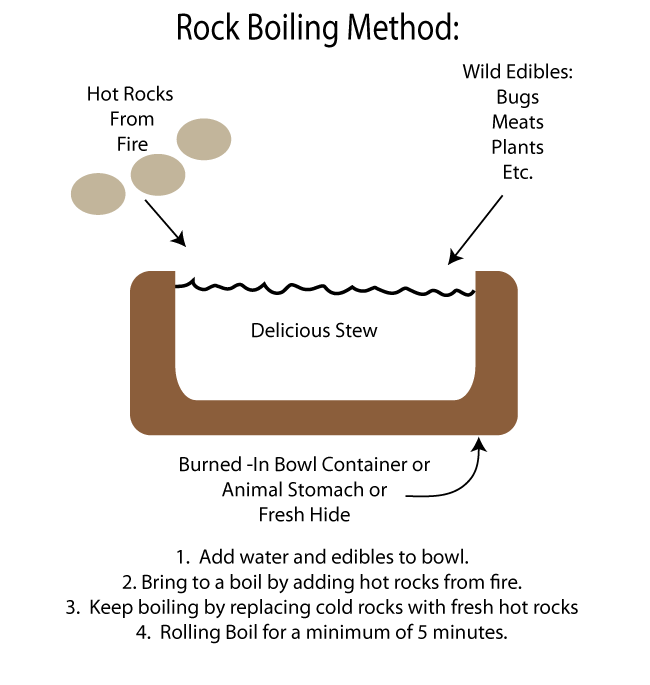
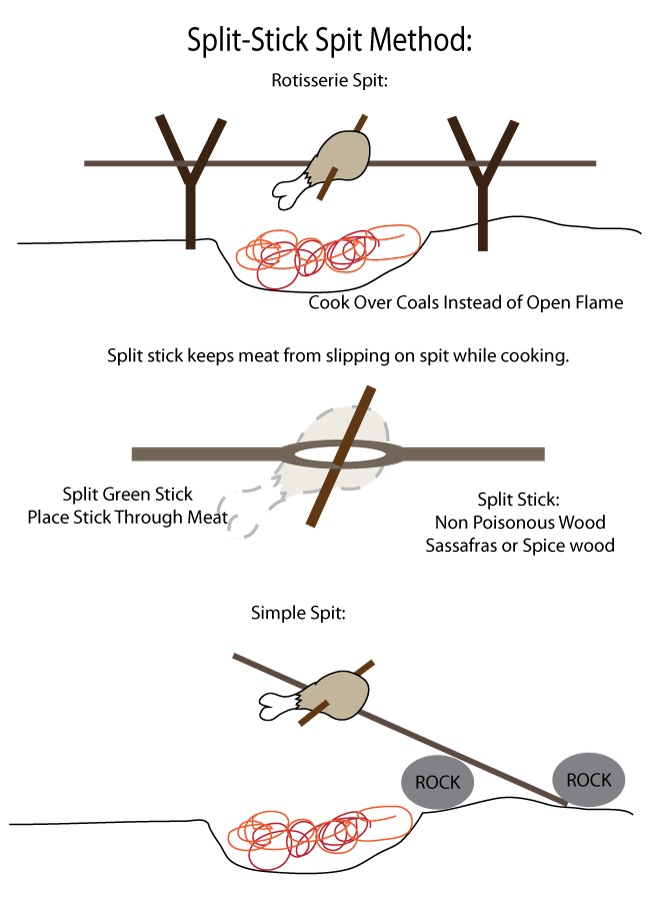

A variation of the simple spit.
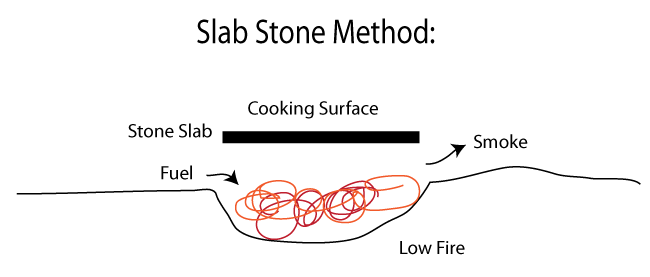
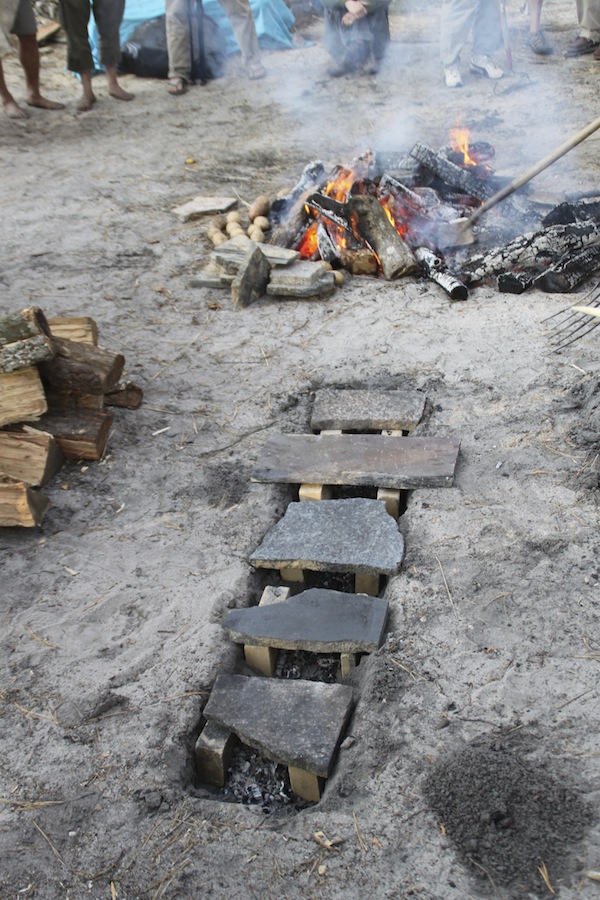
The slab stone cooker we made at Tracker.
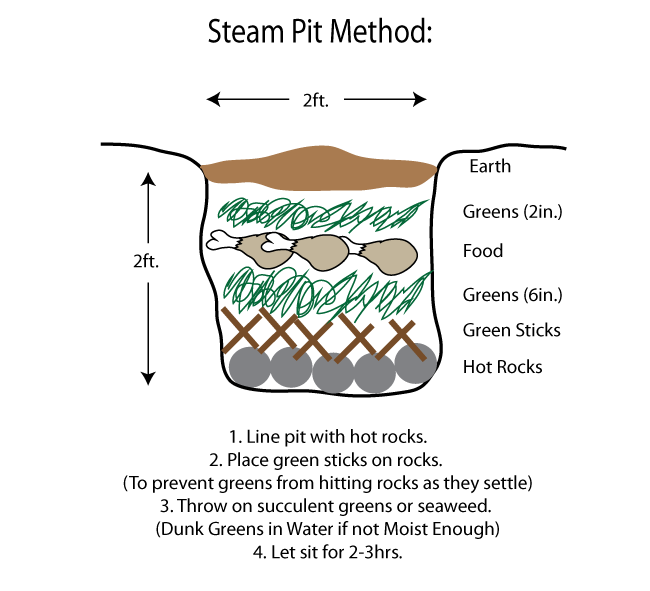
Clay Mudbaking:
1.Wrap fish in 1-inch layer of mud.
2. Place in Fire.
3. 20-minutes on each side.
4. Break open and eat.
Our clay mudbaking pit at Tracker.
Some notes on this after having tries it. Clay means CLAY. Just mud won't do it. Also, you do need to rotate things a bit. Things we just let cook in the fire were way more cooked on one side than the other. The container is going to open somewhere, it will crack or split. When you take it out of the fire, your container may break apart and all your food will fall in the fire. Your food will still be a little bit dirty when you eat it. Overall its a lot of work and a waste of clay in my opinion. If you have clay I'm not sure why you would ever do it other than for the experience.
Slab Bread:
One of the best ways to raise and cook bread in a survival situation is on a wood slab:
Bread cooking on a piece of firewood. We were actually surprised how well this worked!
Preserving:
Preserving food is a key to survival in climates where food is more seasonal. Survival preserving of food is relatively simple.
Drying:
Can be used on meats and plants. Slice as thin as possible. Place on rack in the sun. Be sure there is a light breeze. Finished product will be like jerky. Fire can help speed the process. Do not cook just dry.
Smoking:
Smkoking preserves by keeping bugs away. It also enhances flavor and seals the food. Smoke is a natural preservative. To smoke food build a rack over the fire and use greens to generate smoke. You want little heat and lots of smoke.
Making Pemican:
It is said that without Pemican the West would never have been settled. Pemican is super high in the stuff you need when you're surviving... mainly fat.
The basic recipe:
1/3 Dried, pounded, powdered meat
1/3 dried berries (not required but enhances flavor and nutrition)
1/3 rendered fat kallow
Mix all 3, it is said that Pemican can still be edible after 100 years.
Interesting article on Pemmican: http://makepemmican.com/
Non-Primitive Pemmican Making: http://www.traditionaltx.us/images/PEMMICAN.pdf
Another Pemican Recipe: http://www.natureskills.com/wild-foods/recipe-pemmican/
Other Resources:
FEMA GUIDE to FOOD and WATER in an EMERGENCY: http://www.fema.gov/pdf/library/f&web.pdf
Ebook:Camp Life in the Woods: http://www.gutenberg.org/files/17093/17093-h/17093-h.htm